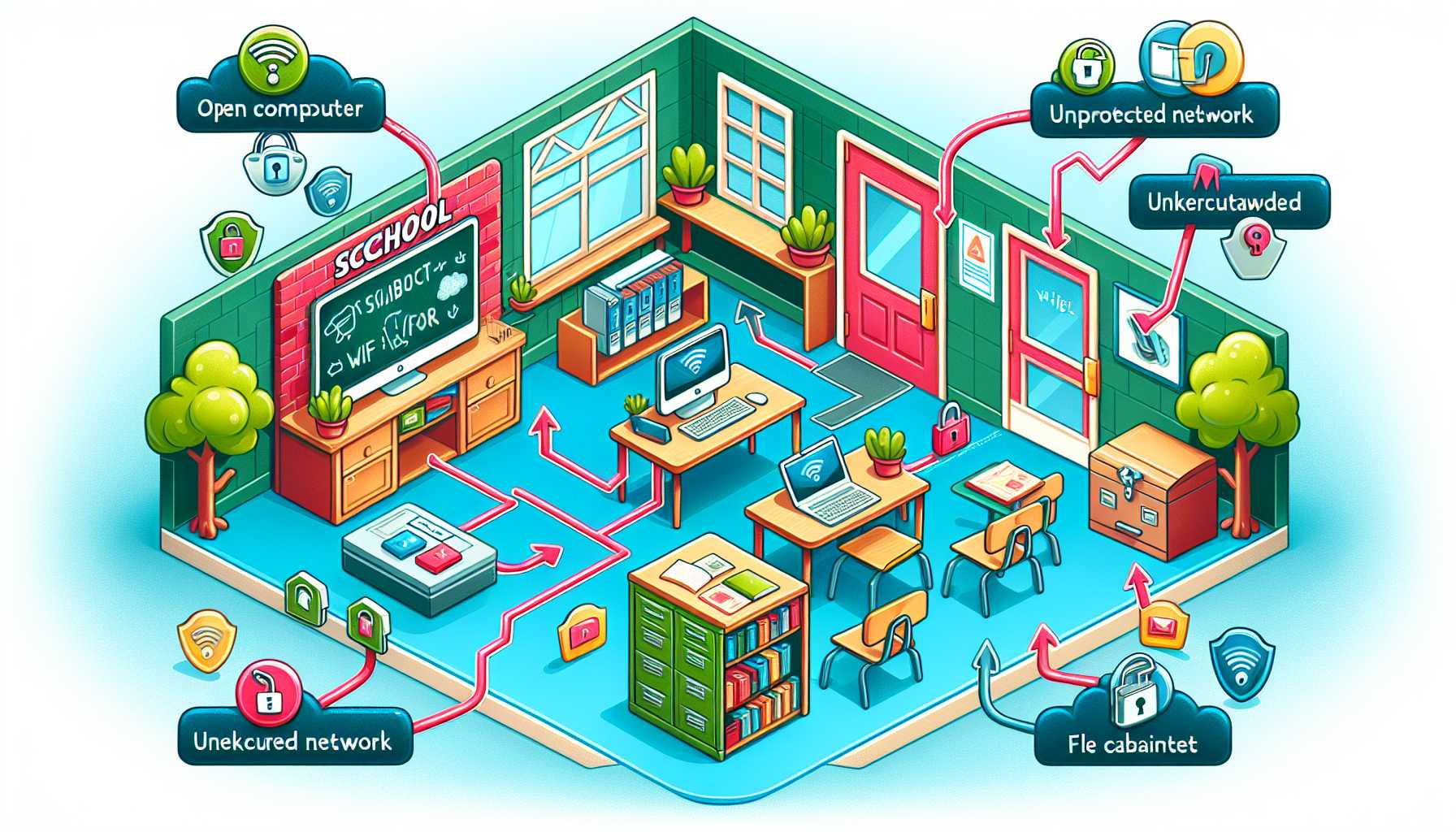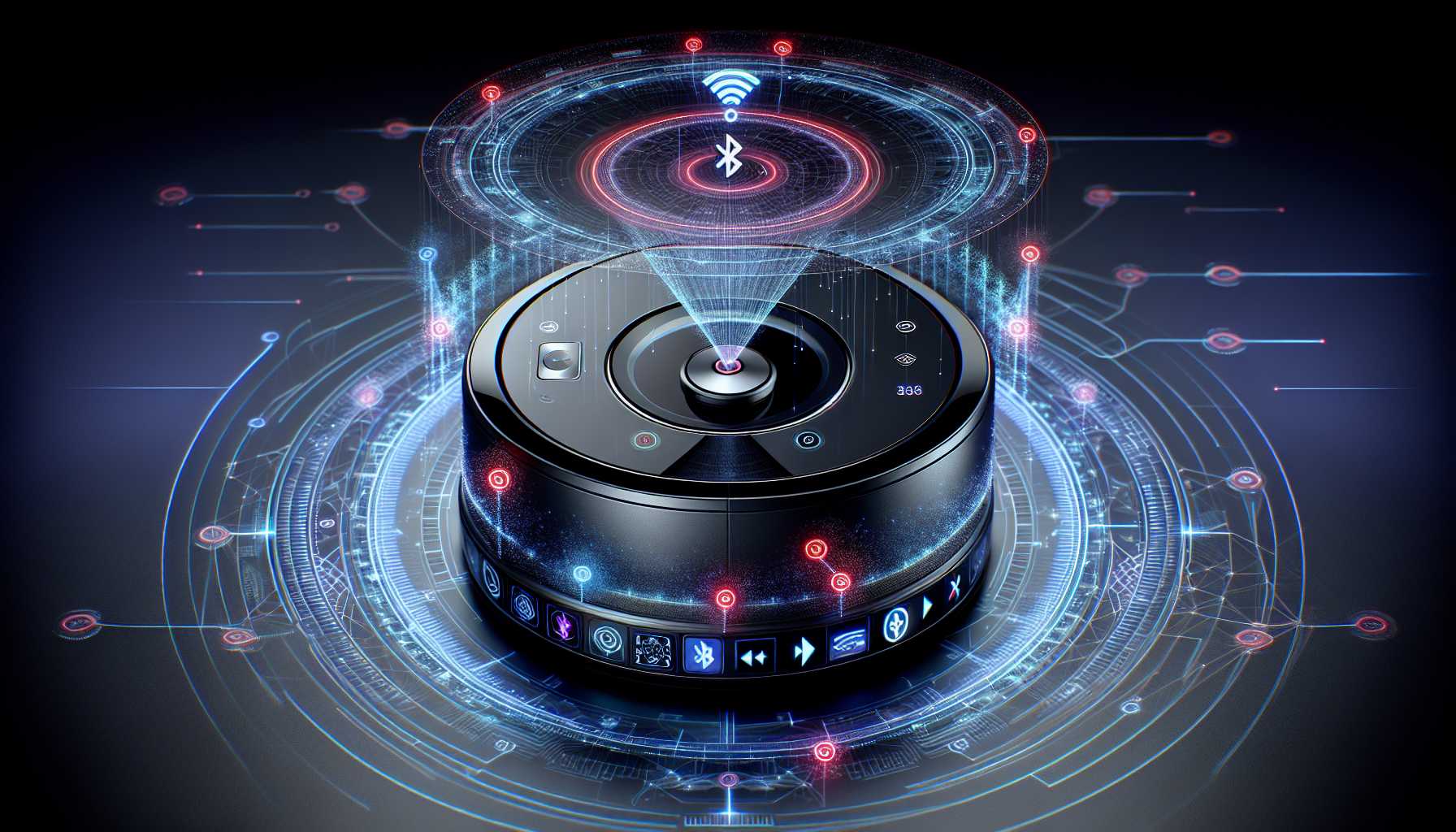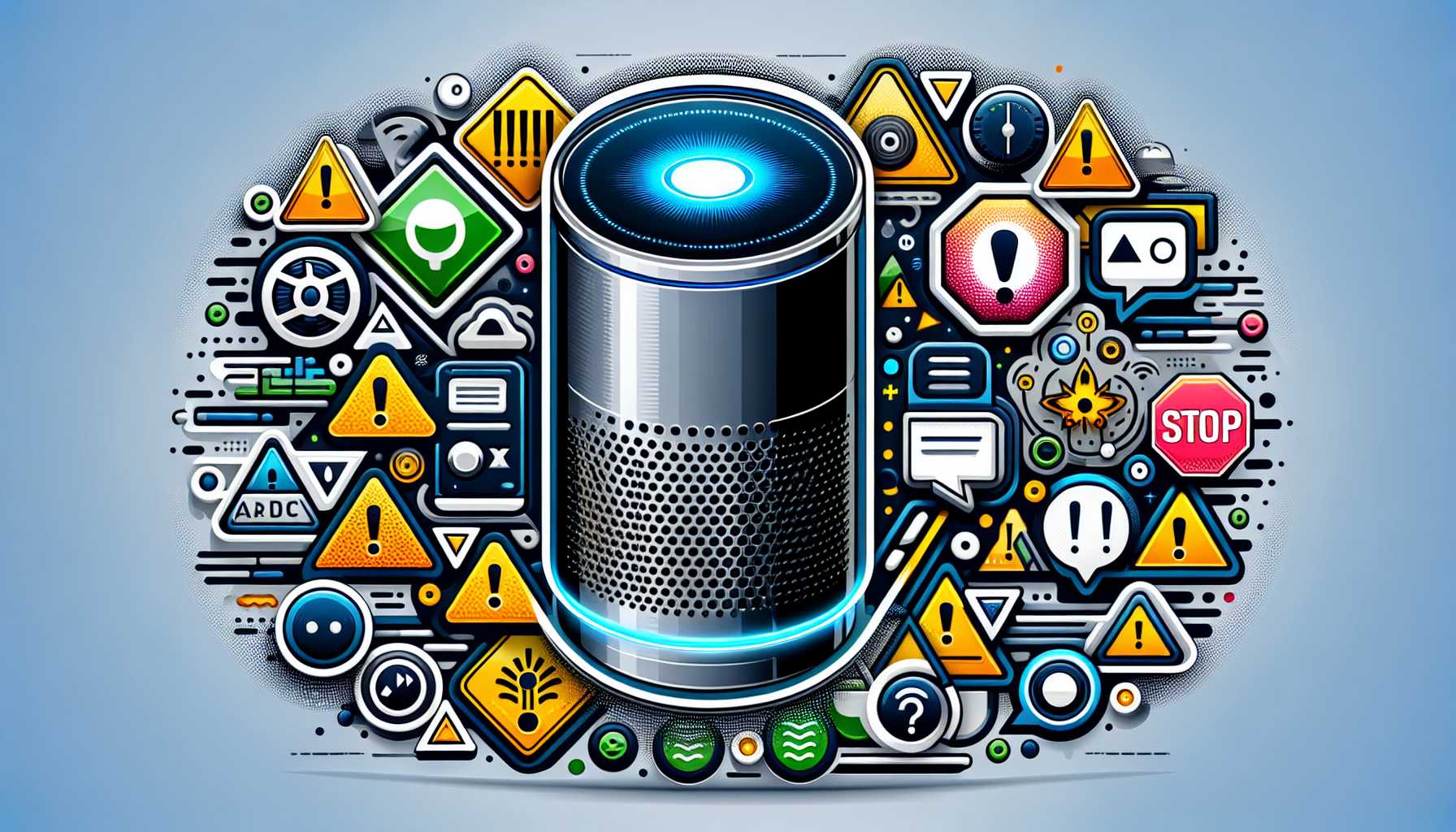Recent Tech News: AI Disclosure, Security Snafus, and Ethical Concerns
The world of technology is constantly evolving, and with it comes new challenges and opportunities. This week, we’ll delve into several recent developments that highlight the importance of transparency, security, and ethical considerations in the age of artificial intelligence (AI).
The FCC’s New AI Disclosure Rules
The Federal Communications Commission (FCC) has proposed new rules requiring robocallers to disclose their use of AI in calls and texts. This move aims to bring transparency to the often deceptive world of robocalls, which have increasingly embraced AI to enhance their effectiveness.
The FCC’s definition of an AI-generated call is wide-ranging, encompassing any call using technology to create an artificial or prerecorded voice, texts generated using machine learning, natural language processing, and even large language models.
The logic behind this regulation is simple: AI calls pose an enhanced risk for fraud and scams. By requiring upfront disclosure, the FCC hopes to reduce deception and protect consumers.
Mobile Guardian’s Security Snafu
In Singapore, a serious security oversight left a popular school mobile device management service called Mobile Guardian vulnerable to cyber-attacks. A student discovered a flaw that allowed anyone with basic tech skills to gain super admin access to the system.
This vulnerability could have allowed attackers to reset student devices, causing widespread disruption. Despite the student’s timely alert, the flaw remained unpatched for some time, leading to a cyberattack that wiped clean thousands of student devices.
This incident highlights the importance of robust security measures in the increasingly digital education sector. Schools and educational institutions must prioritize security to protect student data and ensure uninterrupted learning.
Hackable Household Helpers: Ecovacs Robots
Security researchers have discovered vulnerabilities in Ecovacs robots, popular smart home devices. These vulnerabilities could allow hackers to hijack the robots via Bluetooth, gaining access to cameras and microphones to spy on unsuspecting users.
The researchers found that attackers could exploit these vulnerabilities from a distance of up to 450 feet. Once compromised, the robots could even share Wi-Fi credentials and room maps.
This incident underscores the importance of security in smart home devices. Manufacturers must prioritize security measures to protect user privacy and prevent unauthorized access.
ChatGPT’s Voice Mode: A Boon with Bumps
OpenAI has released a Voice Mode for its popular ChatGPT chatbot, allowing users to interact with the AI through voice commands. However, this new feature comes with potential safety and ethical concerns.
Researchers have found that ChatGPT’s Voice Mode is vulnerable to generating risky responses, including erotic sounds, violent noises, and persuasive speech that could blur into misinformation.
OpenAI is working to mitigate these risks, but it’s important to be aware of the potential dangers before using ChatGPT’s Voice Mode.
Conclusion
The convergence of AI in everyday technology brings immense promise, but also considerable pitfalls. Whether it’s regulatory efforts on AI disclosure, security flaws in educational tech, hackable smart home gadgets, or the nuanced capabilities of language models, vigilance remains essential.
The pervasiveness of AI and interconnected devices elevates our living standards but also underscores the responsibility on developers, regulators, and users themselves to foster a secure digital habitat. Balancing innovation with security and transparency is thus paramount as we venture into this new digital epoch.




